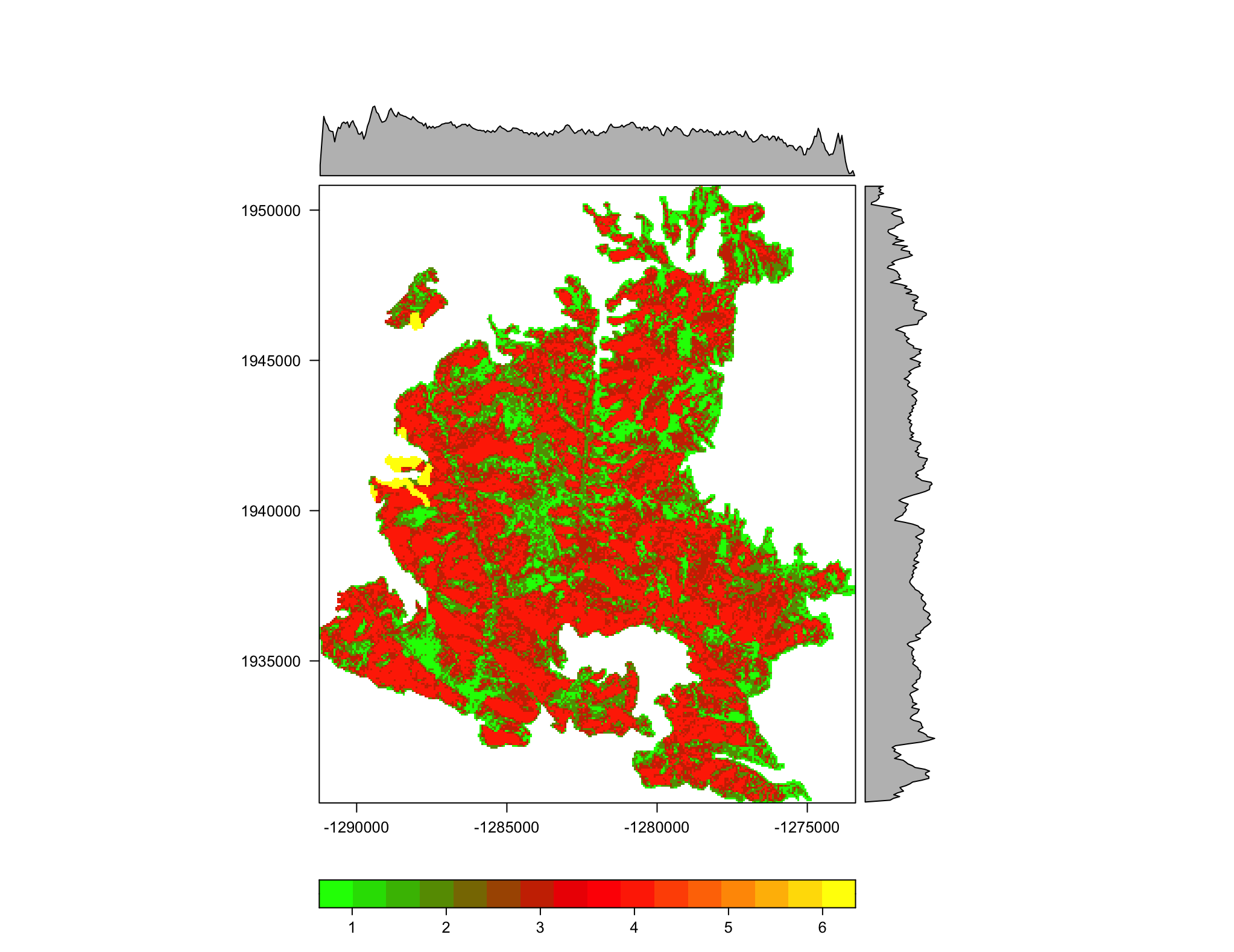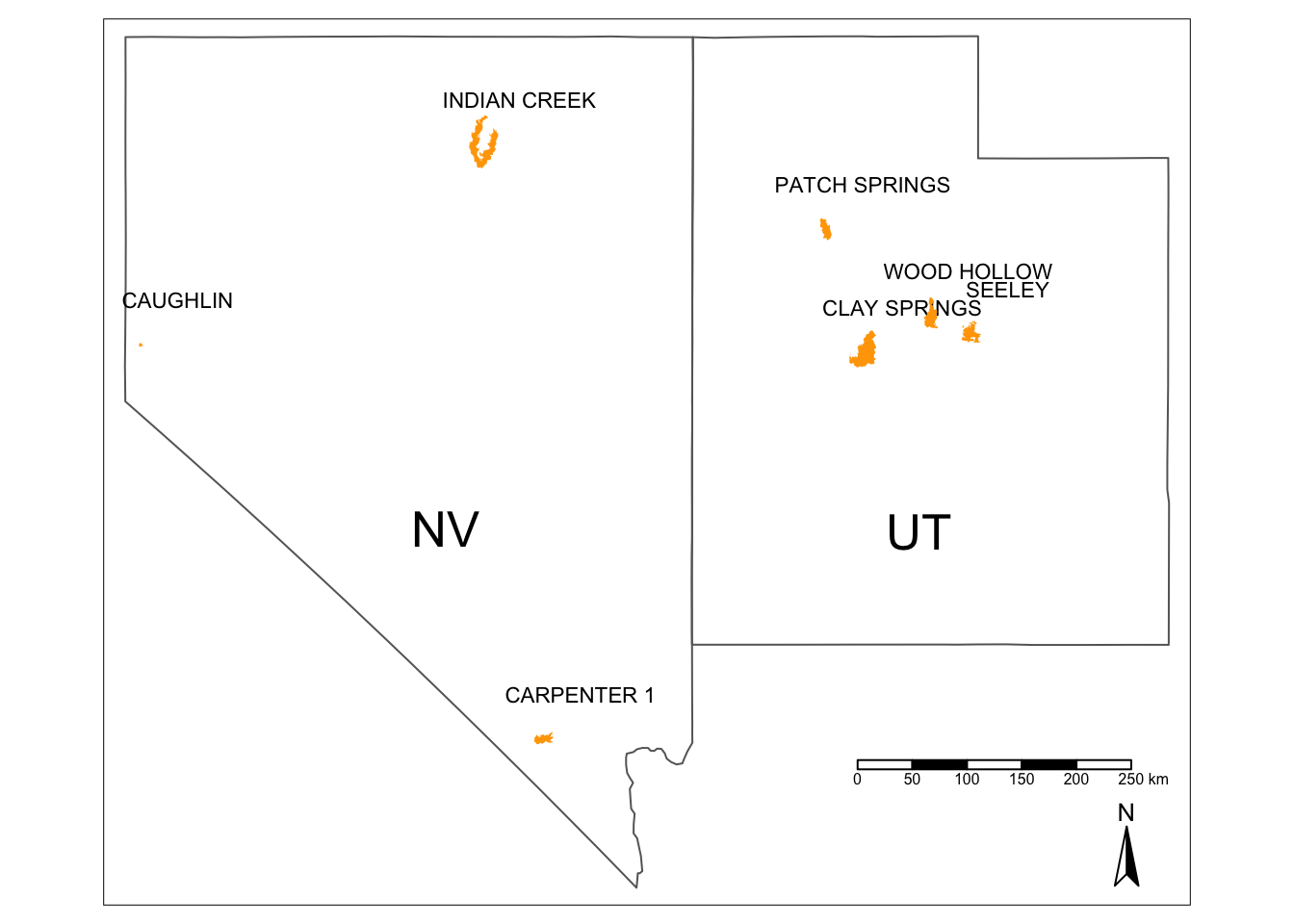
Wildfire and carbon cycling in forests and grasslands
Wildfire-burning vegetation is a common feature of western US landscapes and has profound effects on ecosystems and livelihoods. These trends are exacerbated by land management and climate change, resulting in more frequent and severe burning. Despite their importance, we lack a quantitative understanding of the biomass and carbon dynamics driven by wildfires. To address this knowledge gap, this study will use cutting-edge remote sensing data to examine the decadal-long effects of wildfires on vegetation biomass and carbon.

Wildfire Impact on Land Cover Dynamics
Fig.1. Predicting fire types and land cover changes in the Conus US using Markov models and Monte Carlo simulations for each state. Washington, California, Utah, Missouri, Michigan, Florida are example states with land cover change before and after fires. In the graph, the horizontal axis represents 'Time', indicating the time interval in years relative to the occurrence of the wildfire (e.g., -1 represents one year before the wildfire, 1 represents one year after the wildfire). The vertical axis represents the proportions of the three land cover types, measured in percentages. The gray line at Time equals 0 signifies the year when the wildfire occurred.
Fig.2 Gif shows the land cover change after wildfires in UT and NV. Years in the title show which year the scene represents after wildfires, year -1 represents the year before the wildfires happened.
From Fig.1 and Fig.2, we can observe that in the western part of the United States Conus, most of the fires are wildfires, whereas in the eastern part, the majority are prescribed fires. Looking at the example state, we can see that there are distinct patterns in land cover changes caused by wildfires compared to prescribed fires. Wildfires exhibit a certain level of similarity in their land cover change patterns, whereas prescribed fires do not. This is because wildfires are naturally occurring events, with human efforts primarily focused on trying to contain their spread. In contrast, prescribed fires are entirely controlled by humans, from ignition to the extent of the fire's propagation and its severity. Different objectives and control conditions are set for prescribed fires (Hiers et al., 2020), making their significance in research less clear. Wildfires, on the other hand, not only exhibit consistent patterns due to their natural origin but also pose significant risks to the economy, livelihoods, and public health as sudden disturbances. Therefore, studying wildfires holds greater significance.
If we observe the post-wildfire land cover pattern in western states of the United States Conus, we can discern a significant increase in the proportion of grassland, copes with recent studies (Ayars et al., 2023), a substantial decrease in shrubland, and a slight decrease in woodland. This is because wildfires burn a considerable portion of the existing land cover, and grassland rapidly takes over the burnt areas in the aftermath of the wildfire. This phenomenon reflects the ecosystem's ability to recapture resources, as fast-growing plants thrive and fix nutrients in disturbed environments. However, as time progresses, the proportion of grassland gradually decreases while shrubland increases, and woodland proportions remain relatively stable. This shift highlights the ecosystem's recovery as it transitions from the dominance of fast-growing, short-life-cycle plants to more long-lived plant species.
Researchers Involved:




